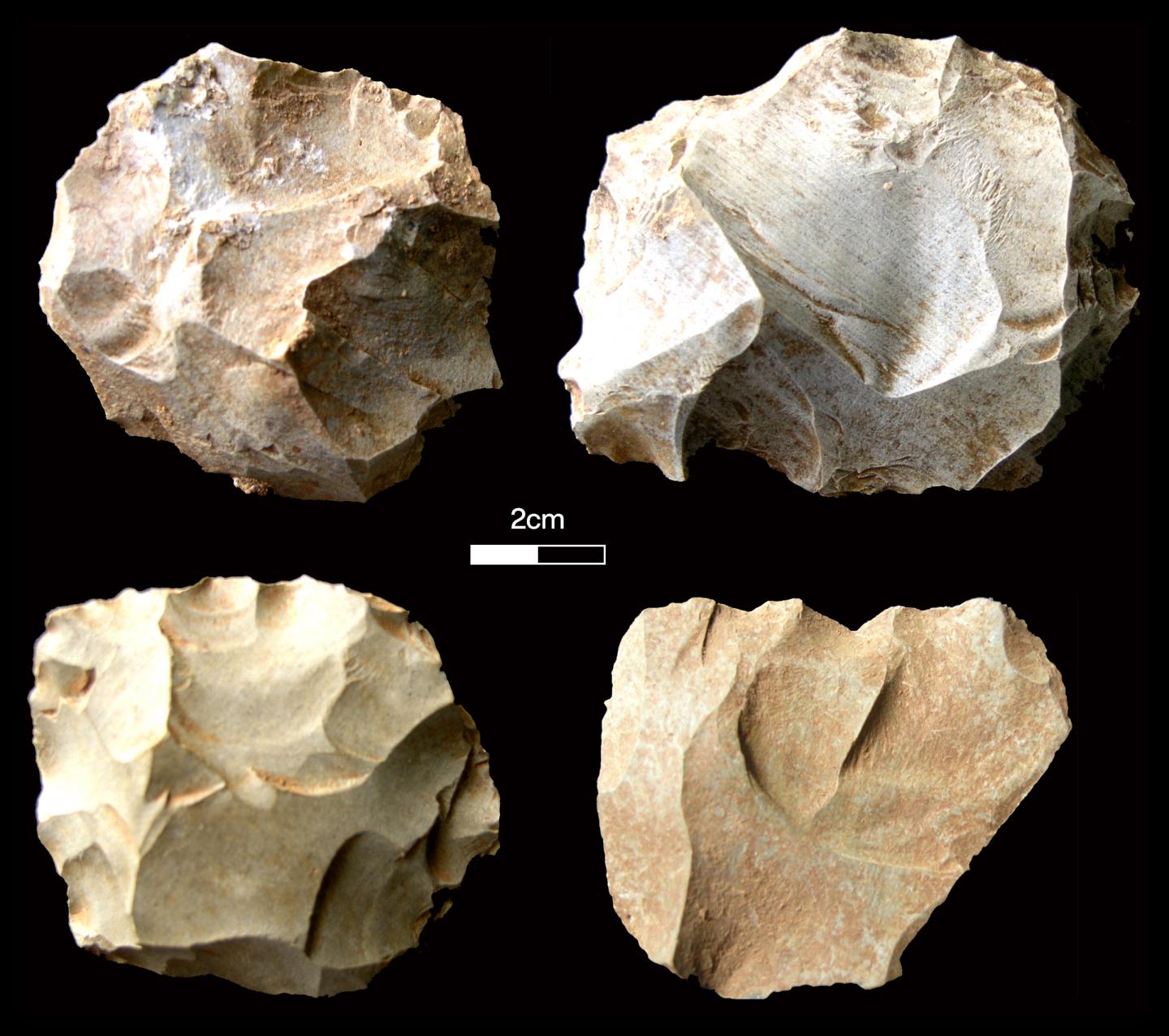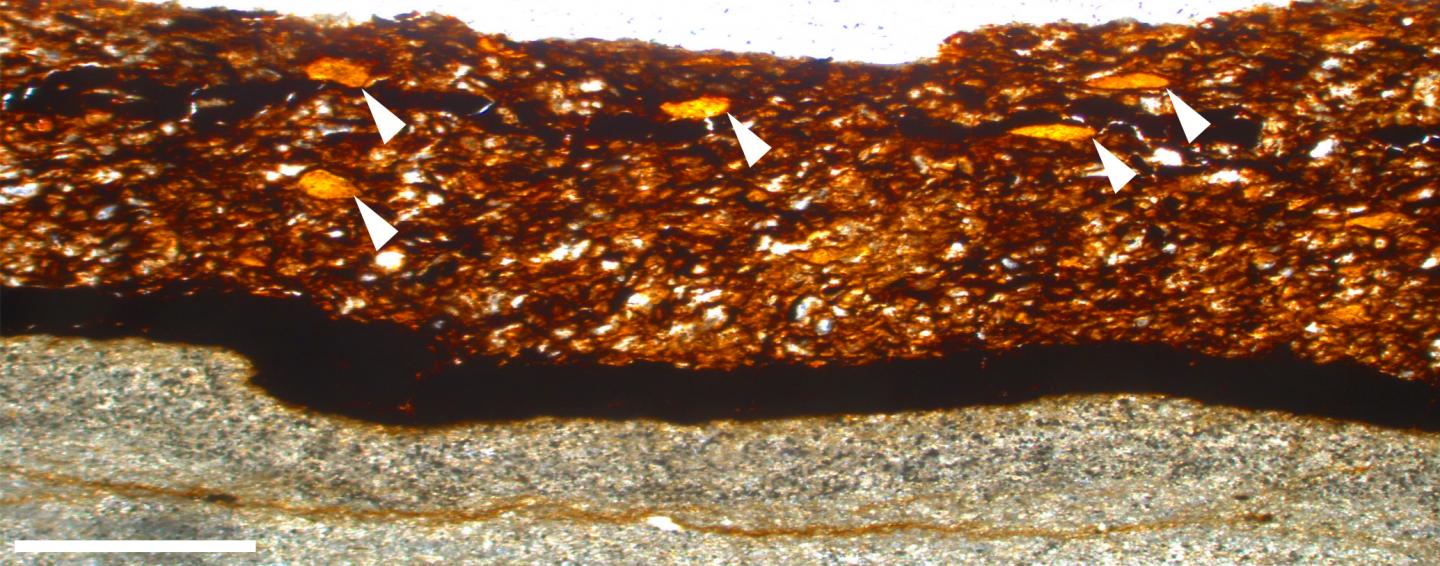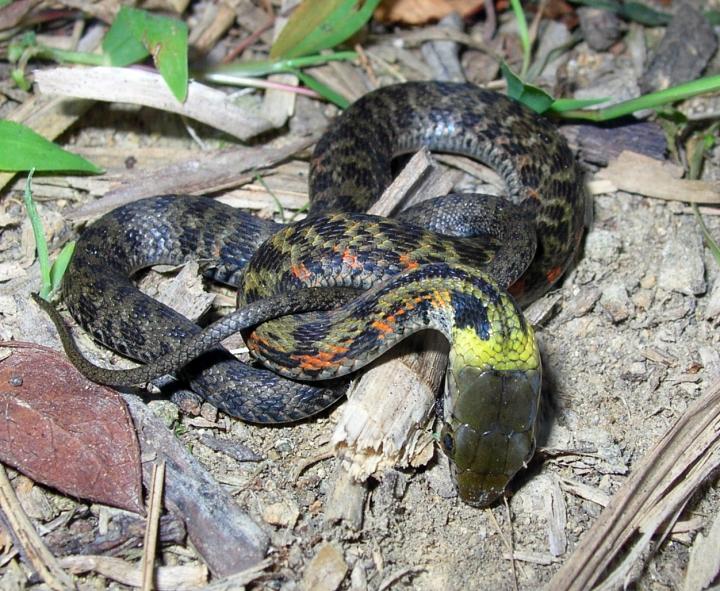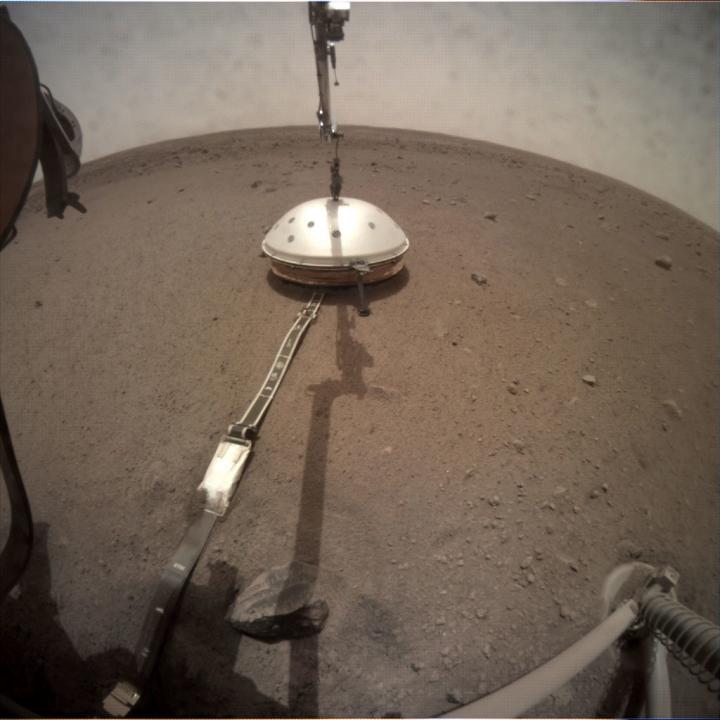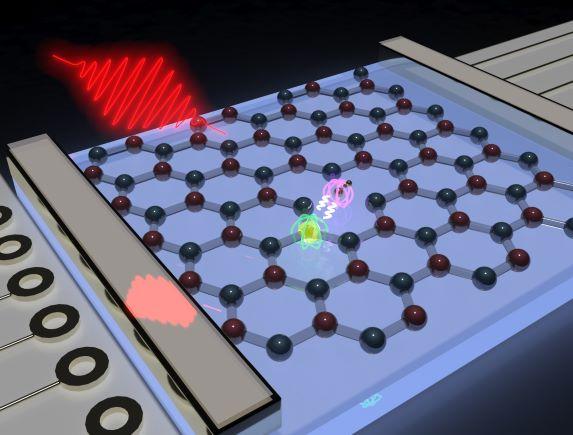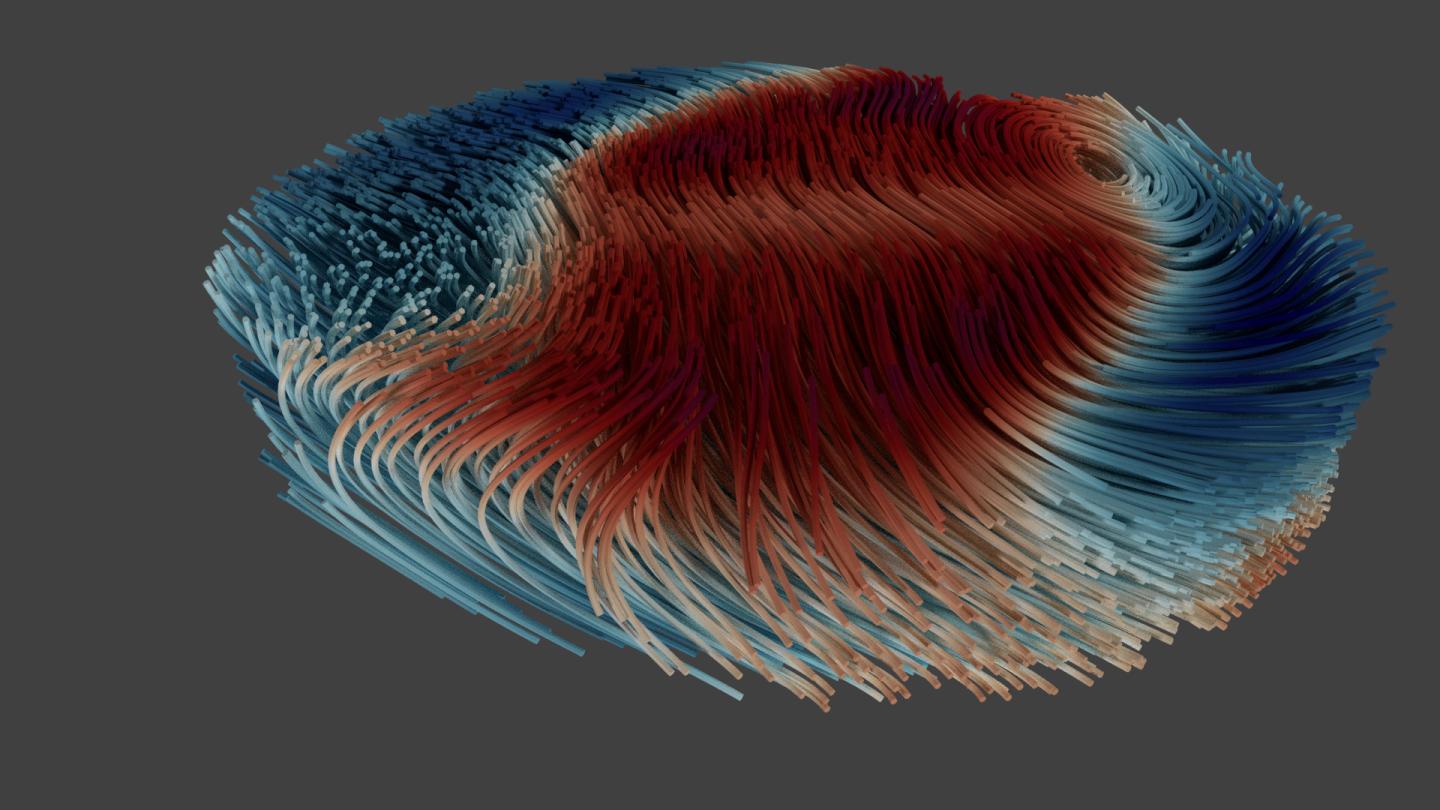Western University researchers begin work on COVID-19 vaccine
A multidisciplinary team of Western University researchers is beginning work on the development of a COVID-19 vaccine. They join the global effort to curb the spread of the virus which to-date has been confirmed in 225,000 cases worldwide, and has caused more than 9,000 deaths. The team is rapidly mobilizing its efforts to establish and … Read more

